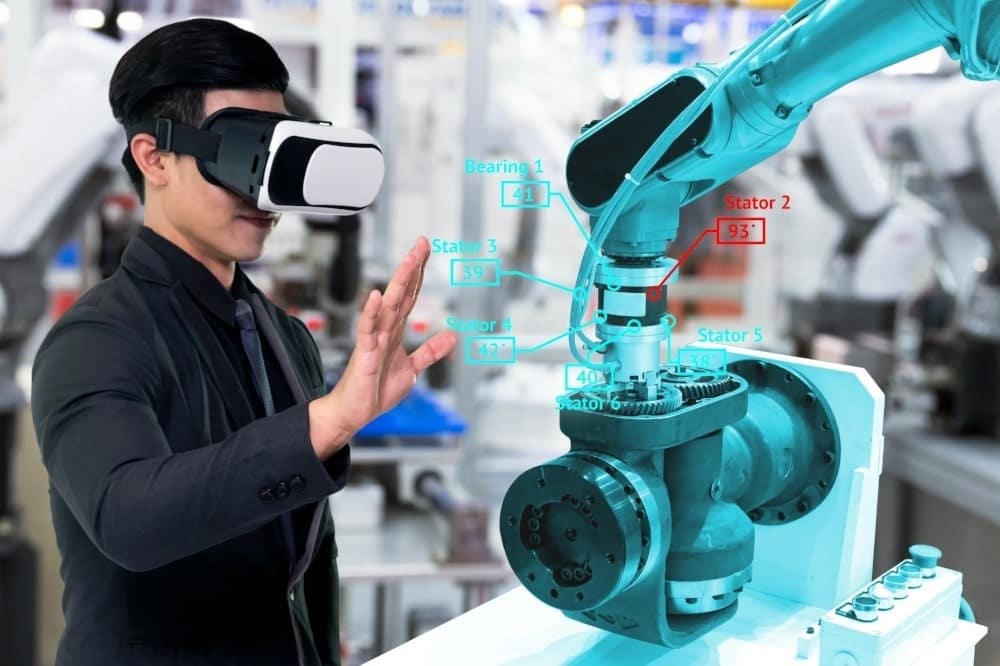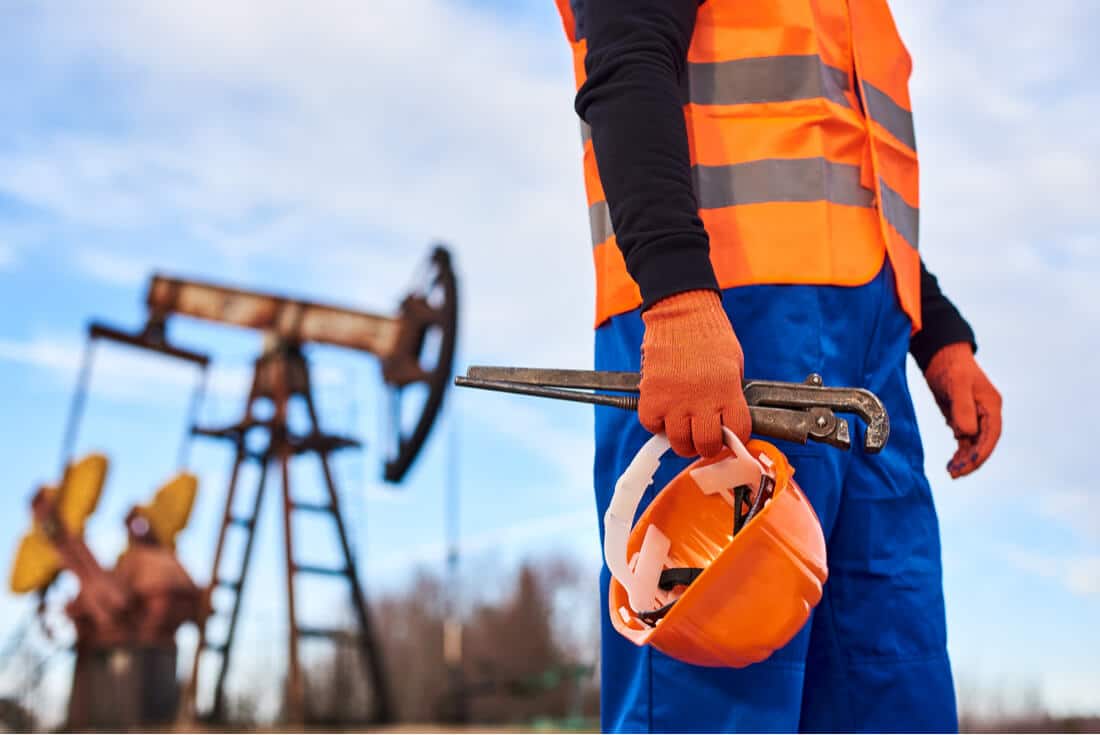The field of workplace safety receives immediate priority because VR technology generates transformative solutions by providing interactive and immersive training that reduces costs. Virtual reality training environments create safe spaces to teach essential security skills which normally require dangerous direct exposures. OSHA training conducted through VR technology adoption by industries creates multiple advantages that include higher organization compliance rates and securely trained workers with reduced accident risks.
To ensure successful implementation of VR-based fire safety training programs you must verify that the system adheres to all OSHA safety guidelines.
Top leaders among the oil and gas industry actively search for new safety enhancement solutions. VR fire extinguisher training functions as a fundamental instrument to boost preparedness for fire safety protection through safe worker preservation and cost reduction during emergency situations.
The workplace safety standards improvement initiatives have not eliminated the risks which employees face from machines and fires and explosions and falls and chemical harm. VR training installations create safer conditions because they train workers to respond correctly to emergency fires in controlled virtual environments.
Business executives need methods to achieve workplace safety without compromising employee hazard comprehension. The training method of classroom theory exists but VR technology delivers superior performance for effective training programs.
Using VR for oil and gas safety training
Success or failure of projects in the oil and gas sector depends heavily on a team with risk awareness capability. Several companies invest heavily in safeguarding their employees yet organizations acknowledge the need for additional measures to minimize dangerous incidents and death rates.
Industry leaders presently integrate virtual reality (VR) into their employee training programs to provide simulated experiences of real situations with no exposure to actual world risks. The training program allows operators to operate complex equipment and simulate emergency responses to gas leaks and oil spills as well as fire hazards. The secure facilities provide training for appropriate incident responses during actual emergencies.
First-person Virtual Reality modules provide employers with an immersive experience which makes traditional classroom delivery of equal training content redundant. Why would you explain if you already demonstrate to workers through visual examples?
Each oil and gas firm can modify their VR training according to their individual specifications without difficulty.
How VR is transforming the oil and gas industry today

The adoption of Virtual Reality in safety instruction programs has dramatically risen throughout the oil and gas operations. Business executives worldwide recognize the numerous advantages of VR safety training which causes its international market expansion.
The ease of accessibility for all personnel makes this technology the main factor behind its adoption by organizations. We need only a headset to access training modules which breaks the requirement for specialized learning center visits.
The whole independent training environment delivers benefits to workers thus research demonstrates better information retention coupled with improved engagement.
Through this approach employers can save money and time since their workers have better capabilities for foreseeing health and safety incidents compared to conventional training methods.
Types of VR Training in Oil and Gas
VR training in the oil and gas industry can be categorized into several types, each focusing on different aspects of employee development and safety.
Onboarding and Orientation:
Virtual reality technology provides new staff members with valuable exposure to their workplace conditions along with organizational rules and protective guidelines. New hires who virtually explore facilities and work through simulated tasks through VR experience accelerated role adjustment which cuts down traditional onboarding expenses as well as duration.
Skill-Specific Training:
The practice of welding and pipe fitting and equipment operation falls under VR simulation targets. Worker training through virtual methods allows employees to develop proficiency along with phyiscal ability retention without the risk or costs associated with traditional classroom practice.
According to PwC research in 2022 virtual reality learners completed their training programs much faster than traditional classroom students with 275% better performace results. The study proved that virtual reality achieves both acceleration of learning new abilities and elevation of employee self-assurance.
Safety and Emergency Response
The capability of virtual reality serves as an effective instrument to train workers in safety protocols and emergency response procedures. Virtual Reality technology enables trainees to experience high-risk operations including confined space entry and working at heights whereas they develop safety protocols and learn to identify critical situations properly.
The oil and gas training sector gets transformed by virtual reality education which delivers secure and economical staff development alongside high effectiveness for learning programs. The evolution of technology will create an essential operational framework for organizations that want to enhance their training programs and build safer expert staff with wider accessibility of such technology to businesses.
You can check out this blog to learn more about “VR Safety Trainings in Refineries: Helping Reduce Errors.”


